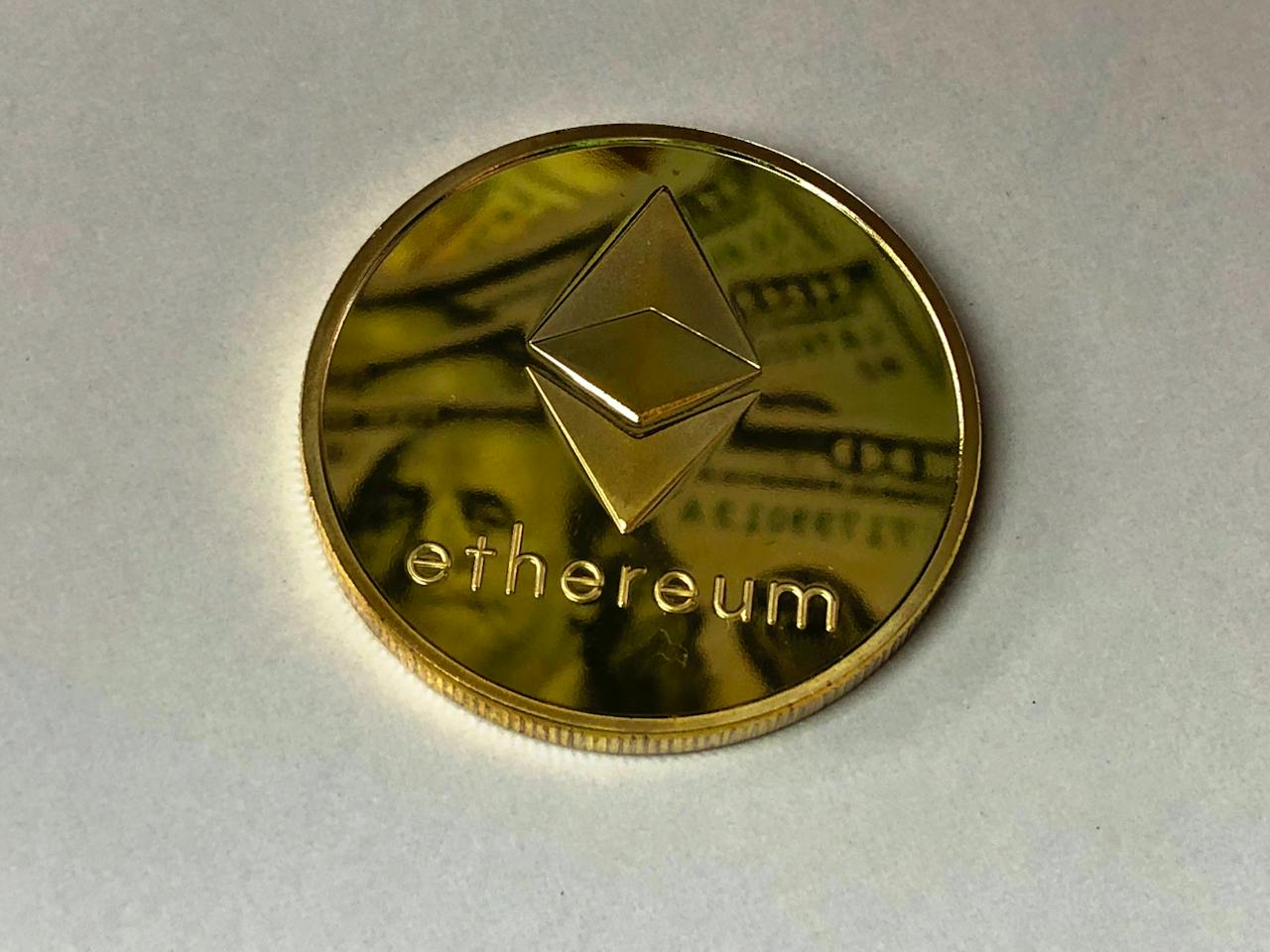Ethereum is a decentralized blockchain with smart contract functionality.
Its apps are transparent and open-source, meaning you can fork code and re-use the functionality others have already built. The Ethereum network is powered by its native cryptocurrency, Ether. Users can send Ether to other users, and developers can write smart contracts receiving, holding, and sending Ether. On account of their similar names, Ethereum and Ether are often confused, so people think they’re the same. If you come across a phrase like ETH price, know that it refers to Ether, not Ethereum. Both Ethereum and Ether are integral components of the cryptocurrency ecosystem.
Vitalik Buterin, a Russian-Canadian programmer, came up with the idea of Ethereum. Motivated by Bitcoin, Buterin released a whitepaper in 2013, proposing an alternative protocol for building decentralized applications and making several concessions that would prove to be useful for numerous projects. Ethereum’s co-founder believed the Bitcoin community wasn’t doing enough, so he envisaged a platform that would go beyond the financial use cases enabled by Bitcoin, allowing developers to create their apps using a new programming language. Buterin and the other co-founders launched a crowdsourcing initiative to fund the project in 2014.
Ethereum Has an Unusually Long List of Founders
Vitalik Buterin became involved in the cryptocurrency ecosystem from the very beginning, playing an important role in the founding of Bitcoin Magazine in 2011. Even if he’s the chief figurehead for Ethereum, other talented individuals helped develop Ethereum from a whitepaper to what it is today. Notable founding members include Charles Hoskinson, Anthony Di Iorio, and Mihai Alisie. In 2014, the Ethereum project advanced to include other members, such as Joseph Lubin, Gavin Wood, and Jeffrey Wilcke. From the very get-go, the Russian-Canadian programmer onboarded top developers and entrepreneurs to guide the formative stage of Ethereum.
In just under four weeks, Vitalik Buterin laid the groundwork for what would become one of the largest virtual digital currencies in the world, second only to Bitcoin. According to him, the only possible way to circumvent the limitations of the Bitcoin protocol is to develop an entirely new network with a practical programming language. The project was publicly announced in 2014 when Buterin presented Ethereum on stage at a Bitcoin conference in Miami. The Genesis Block brought forth the network. At present, Ethereum is celebrating eight years of existence, but its best days are still ahead; there are many steps left on the Ethereum roadmap.
All You Need to Know About Vitalik Buterin, The Man Behind Ethereum
Vitalik Buterin was born in Russia but moved to Canada at the age of six as his parents sought better employment opportunities. His earliest experiences with programming and cryptocurrency came at home because his father was a computer scientist. Buterin’s upbringing made him ideologically predisposed to Ethereum, as it’s aligned with his passion for openness, transparency, and freedom. Throughout high school and college, Ethereum’s co-founder was recognized for his exceptional abilities in math. While trying to figure out a new direction in life, Buterin discovered Bitcoin, but his involvement with the cryptocurrency industry began after he joined Bitcoin Magazine.
Vitalik Buterin left university to travel and meet with Bitcoin developers, an experience that would turn out to be paramount for the Ethereum model. He travelled all over the world, scrutinizing various cryptocurrency projects, eventually reaching the conclusion they were hyper-focused on particular applications. In the Ethereum co-founder’s opinion, a successful blockchain must have an extensive, multifaceted application potential. His interest in broadening Bitcoin’s scope caused him to pursue a Turing-complete programming language to bring his vision to life and make a difference in the world. Ethereum is the first Turing-complete blockchain that can be used for programming smart contracts and decentralized applications.
So, How Was the Name Ethereum Chosen?
Ethereum is one of the most recognizable cryptocurrencies in the world. According to Statista, there are presently 122 million tokens in circulation, ten times more when compared to Bitcoin. If Bitcoin is digital gold, Ethereum is digital silver and will continue to wear this crown for many years to come. Coined by Vitalik Buterin, the term Ethereum has an interesting story. Buterin was supposedly inspired by a medieval scientific theory he came across on Wikipedia when he came up with a name for the network. Ethereum encompasses a deep word, Ether, originally a scientific term for what 19th-century physicists referred to as the “fifth element.”
Ethereum Is Much More Than a Medium of Exchange
As highlighted earlier, Bitcoin and Ethereum are designed to achieve different goals, so they can be deemed to be complementary forces. Each is a virtual currency traded via an online exchange and stored in various types of wallets. Nevertheless, Bitcoin aims to replace fiat currency, serving as a peer-to-peer digital cash system, while Ethereum seeks to connect people to a system of self-executing contracts. The adoption of Ethereum by the corporate world signifies it could be bigger than Bitcoin. Many enterprises were hesitant to adopt Ethereum, but its deployment slowly but surely became accepted.
These are just some of the use cases of Ethereum:
- Decentralized finance – DeFi is an emerging model for empowering crypto-based transactions, exchanges, and financial services. Protocols are built on top of blockchains like Ethereum and employ smart contracts. UniSwap and MakerDAO are some of the most popular DeFi platforms.
- Non-fungible tokens – NFTs are unique cryptographic assets that represent real-world objects like art, music, and in-game items. Ethereum ensures the underlying infrastructure that fuels most NFTs on the market. The first NFT project on Ethereum was CryptoKitties.
If you’re curious to know about other applications on the Ethereum blockchain, know that the possibilities are almost endless. Ethereum can be used by anyone to create and secure digital technology. Vitalik Buterin has never followed the traditional path, breaking all the rules and achieving great success. Ethereum is the result of thinking outside the box. It’s no longer an altcoin or an alternative coin. Ethereum is the go-to platform for smart contracts and decentralized applications, making available a flexible network for crafting groundbreaking solutions.












